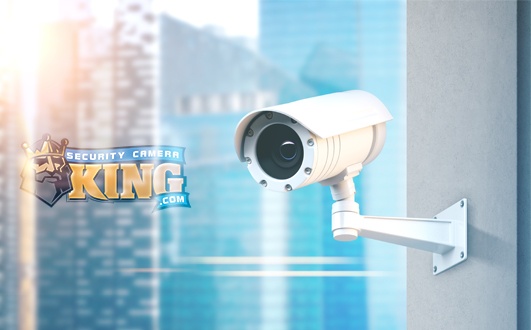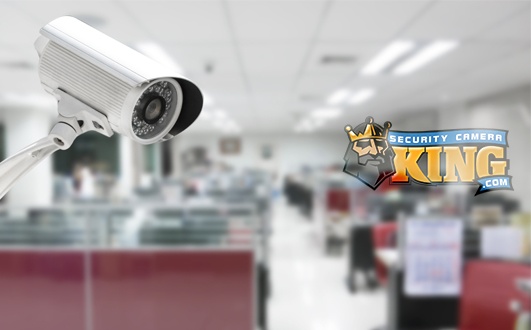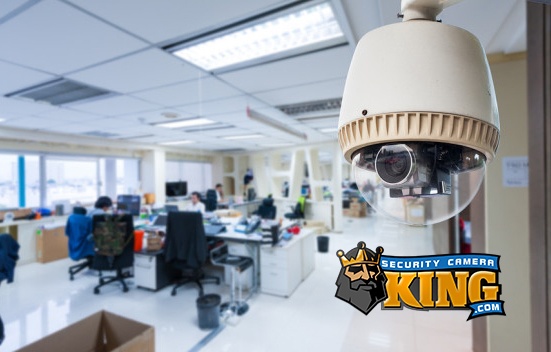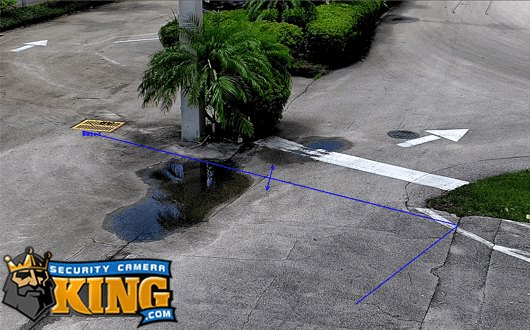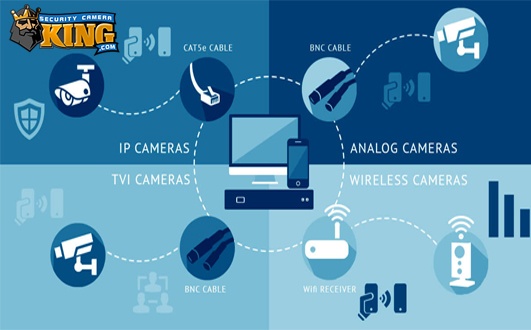
When configuring a DVR a very common question is what is the difference between frame rate and resolution and which is more important to have at a higher rate? Of course my answer is it depends… Both are very important but, depending on what you want to use the cameras for is which is more important than the other.
Now to begin you really need to understand what frame rate is. We will take a trip back in time to the 1800’s when cameras were first invented. They only took one picture at a time. The mechanism and film were designed that way. It was a physical limitation for decades. It was tedious and horribly long with the extra processing steps. You had to have fairly dangerous chemicals to actually develop the pictures. To take a picture, people had to stand as perfectly still as possible, because the camera’s shutter speed was so slow and the film need exposure times of ten minutes to an hour depending on the film. As film paper became more sensitive to light it reacted faster, so shutter speeds eventually had to be faster. I remember in the 1980’s the hot thing was Kodak High speed film. What set them apart from everybody else for a few years was Kodak figured out a way to get the film paper extremely sensitive. Coupled with cameras that had extremely fast shutter speeds Kodak figured out to how to take out the blur you may get when objects are moving. The pictures coming out of the Olympics that year were amazing there were no blur and the images extremely crisp. The faster shutter speed means a camera can take more pictures per second. Better film allowed for this by being more responsive to less light. A fact that is not well known by people is that the faster the shutter speed the less light comes in the iris which will create dim images.
Resolution is a separate aspect of the image compared to frame rate. CIF is 320 X 240 pixels. 2CIF is 720 X 240 pixels. 2CIF is a wider image than CIF depending on the need is if you would pick the wider shot or standard CIF. VGA is 640 X 480 pixels. D1 is 720 X 480 pixels. As image processing has improved the pixels have increased. With more pixels the colors become more vibrant and the images more clear. To better understand the clarity parts pixels are a very tiny piece of the puzzle known as your picture. The more pixels you can get the smaller the piece gets to represent that part of the picture. The down side is that this increases the need for better hardware to handle the increased load of imaging, which of course drives the price higher. That said the saying, “you get what you pay for”, could not be truer with DVR systems.

Now that we understand what both frame rate and resolution really are we can determine which is more important per the application. A few months ago I was helping a customer that had a DVR-EL4120ME. This DVR is capable of all the analog resolutions and the D1 at 7 frame rate but CIF at 30 frames per second. . I will say “John” was using this system to monitor a manufacturing process. The issue he was running into was that he was getting blurry images so he called his tech support GURU Daniel (that’s me). He goes on to describe what he is doing and the images he is getting. I logged into his system to see what he described. His process was happening so fast that he was not really getting an image of what he wanted, so I asked what is more important the resolution or frame rate. John said, “Gee I really don’t know. I thought resolution but with the images I’m getting I need help.” I told him no problem I have the knowledge to get it right. Instead of running the DVR at D1 and 7 frames per second, let’s adjust the system to CIF at 30 frames per second. POOF!!! Just like that the conveyor belt that was carrying some electronic device to be soldered could be seen. It was not about seeing exactly what was being soldered but making sure the robotic arm was hitting the part in time as it passed by. In minutes I was able to take John from not being that satisfied of a customer to being ecstatic about his equipment.
An example of the resolution being more important than frame rate is in monitoring your cash register. In many if not all retail environments keeping a close eye on the money is important. Typically people are not moving at warp speed so they do not look like a blur on camera. Giving way to frames per second while boosting resolution. Being able to make out the print on the one hundred, twenty, ten, five, and one dollar bills is important. People make mistakes on both sides of the register. The clerk gave the wrong change, the customer paid with the wrong bill etc. Now all of a sudden being able to make out the print is a big deal, so you know without a doubt who gave what to who.

I can tell you having a customer have a meltdown at the main register is really not good so, as a manager you need a way to quickly defuse the situation before it carries over to other customers. Having your DVR configured to the highest resolution lets you see the 10, the 20, the 50, and 100 dollar bills. You can go back to where the DVR is setup, review the footage and know with confidence what happened or who made the mistake. Also, you can show the customer in real time “who” made the mistake.
Now you know the difference between resolution to frame rate and in which applications makes either feature more important. Should you run into a scenario when you are not able to compromise, IP cameras typically are the way to go. They support the mega pixel resolutions which are considerable higher than analog as well as 30 frame rate per second.








